With permission from her parents, this week I am sharing the progress of Natalie, a wonderful little girl with Trisomy 4p. Trisomy 4p is a rare chromosome disorder in which some of the material in one of the body’s 46 chromosomes is duplicated. Like most other chromosome disorders, this is associated with birth defects, developmental delays and learning difficulties.
For Natalie, the disorder’s effects are significant. In the early years of life, she struggled with illness and many health complications. More recently, she has gotten to a place where she is healthy enough to come to school and explore her environment. With that exploration, there have been a few growing pains. In the beginning, it was just exciting to watch her become mobile and explore her world regardless of what she was exploring...her brother's toys, the refrigerator, pots and pans, the washer and dryer, etc. But then came the time when limits needed to be set.
In early December her mom texted me, “Help! Natalie is into everything and even broke the Christmas tree!” With that text I knew it was time for a house call which turned out to be an amazing opportunity for all of us. I had never realized how much the structure of the classroom can be adapted to a home to create success until I start working more closely with Natalie’s family and care providers.
As I reflect back I think when Natalie started school, she realized that there was more to life. She enjoyed the structure and challenges that school provided. But the transitions from school day to home life presented two very different environments that brought out mischievous behavior at home. At school, we structured growth opportunities. At home, Natalie found them on her own like trying to figure out how to open the baby gate to the basement, prying a door knob open, or tearing her brother’s library books. She was craving structure and challenge. She actually started to like school so much that she cried when the bus dropped her off at home.
So how did we build structure into her home? Well, HUGE props to her mom, dad, and grandparents for doing just that! I shared with them a few ideas for structuring her toys and play things. For the most part, Natalie has never found interest in toys. She would much rather dig in the kitchen cabinets or get into the refrigerator so we had to come up with a way to make toys interesting to her. She loves to put in and take out. She has become very proficient at put in tasks. So her dad simply repurposed the cube shelving that they had in the family room and her bedroom.
NOTE: Her dad mounted the shelving units to the wall so if she pulls herself up with them they would not fall on her.
They bought a few extra fabric boxes and then her mom went through the family toys and placed one toy or put in task in each box. (Notice the new boxes they found at Home Depot. They are in half sized sections. So exciting for us organization geeks!! :) I purchased some for our literacy center so we can double the amount of leveled boxes we have!)
Here's what the cube boxes look like in Natalie's bedroom.
Her dad strategically mounted the shelving going out from the wall. This helps care providers and parents keep her in the space they would like her to play in. She is much like a toddler in that she likes to leave and explore different rooms. This blocks her from seeing the door. It is much like how our social center is set up in the classroom. (I am hoping to share that center with you soon!)
The systems work like magic! Her mom even said, “Wow, we should have done this with her brother when he was little.” It is just good practice for all children. By organizing their play things, it organizes their play. For Natalie, it also provides boundaries. When her toys were stored in a large toy box, they were overwhelming to her. It was much more structured and fun for her to go to the kitchen cabinets and pull out the pots and pans. Now that her toys are organized, she is more interested in putting in and taking out her toys rather than pots and pans. Next, we will work on her ability to play and engage with toys for a longer amounts of time.
Of course, there is some training involved. At first, Natalie was in the habit of going to things that were off limits. I told her parents and care providers to redirect her to her spaces in the home each time she would try to explore the kitchen or other off limit spaces. The family also added a hook and eye to the top of the door to her brother’s room and the bathroom so those areas would be off limits unless accompanied by an adult.
So what’s in the boxes? Some of her favorites:
- Monkey in the Box
- Sorting kitchen set
- Fisher Price Classic Television
- Other cause & effect light and sound toys
- And various sorting and put in toys.
The family has become accustom to building put in tasks and other task boxes from things around the house with the help of my trusty resource, "How Do I Teach This Kid?" by Kimberly Henry and the great folks at Task Galore. Natalie's favorites work on increasing her skill level. Here are some examples.
Counting Bear Put In
Notice that I hot glued craft foam on the top of the put in container so that students can’t put in and dump out. They can only put in.
Bell Put In
This task includes its own reinforcement as Natalie loves the bells making noise as she puts them in.
Golf Tee Push In
This task has the added element of pushing in rather than just putting in.
CD Put On
This task is a step up from put in as it's put on instead.
String Bead Take Off/Put In
This task works on two-step directions: 1. Take off and 2. Put on.
Bead Put In
The bead put in was something we added to desensitize Natalie to putting things on. She resists putting on bracelets, necklaces and more importantly stocking caps and her prescription glasses. By taking an activity she likes and is successful at (Put In) and using parts of beaded necklaces as the put in materials she has become less resistant to necklaces. Now, we can work toward her putting on other things. She now wears beaded necklaces, bracelets and stocking caps for short periods and tolerates holding her glasses. She used to scream and bang her head each time I presented her with her glasses. It is all a work in progress, but wow, we are proud of her progress so far!!
Other advances we are making with Natalie is in relation to direct instruction at home and school. You can click here to see what direct instruction looks like at school. At home, her parents created a small work space near their dining room. Here is the table she works at.
Typically, the chair in this work space is a Rifton chair. This is not to hold her in or confine her but rather to help her sit up properly and become more attentive.
To the left side of her table, her parents have repurposed a wooden chest to hold all of Natalie’s tasks.
Inside there are a variety of task boxes organized in plastic bins. Natalie’s mom shared that the only thing they purchased for this area was the plastic shoe box containers. The rest of it is simply stuff they have saved and accumulated from their house and her grandparents’ houses. And such a wonderful job they have done with it!!! Way to go!!! It looks awesome and really serves as a great learning space for Natalie. It helps fill her day with appropriate learning and exploring activities.
And with that, I must share the next step for Natalie. In the video clip below, you will see Natalie using her teaching area to learn to communicate in an appropriate manner. Since Natalie is nonverbal, one of her biggest struggles is finding ways communicate and express herself. Two of the main ways she communicates is by banging her head and/or screaming and crying. Both of which, we would like to shape into more effective communication techniques. Over time she has learned if I bang my head someone will come and help me or redirect me. The current forms of communication provide her with the attention she is seeking.
So as a team we have come up with an alternate plan when she bangs her head. We do not give her verbal attention or eye contact. We simply put our hand in the space she is banging so it is a softer surface but direct our attention to something else that is going on the room so she does not get attention for the head banging. This was a technique I learned from the training I did regarding Applied Behavior Analysis with Jill Koertner and her K-Cart team.
Like you all know, this technique alone will not curb the behavior. We have to teach a new skill. The skill we are teaching is for Natalie to learn to communicate her need for attention and/or help by using a come here button.
Here are the video clips showing Natalie’s speech therapist, Andrea Carmichael, and I during a home visit teaching the come here button to Natalie’s mom and home nurse. Because they were recorded during a collaborative home visit you will hear Natalie’s team and I brainstorming how the button should work. I am hoping the brainstorming you will here will be helpful as you watch it and not be a distraction to seeing what Natalie is learning and doing.
It is definitely a work in progress at school and home. We have incorporated the big come here button as well as a device with four buttons that have come here, all done, and help on them.
The fourth button is strategically left blank. When Natalie pushes it, nothing happens helping her to realize that each button has meaning and the blank button doesn’t get her anything. This is especially important in the teaching phase of the device so we can see if she is just pushing to push or if she is pushing for purposeful communication.
A big thank you to Natalie and her family for sharing Natalie’s progress with the Considerate Classroom Family. As a special education teacher once shared with me, the journey is a marathon not a sprint. As Natalie grows & matures, additions, adaptations and changes to her systems will be made to best meet her needs. She is truly an amazing little girl. A miracle who has overcome so much!!! I see so much potential in Natalie especially with the love and dedication of her parents, brother and grandparents. She is so blessed to have such wonderful family support and nursing care.
And my blessing is to have the opportunity to work them. I have learned so much from them and truly admire the love and dedication they have for each other. Natalie has taught me so much. Her family’s willingness to let me come into their home and strategize and plan with them has been an amazing opportunity. I have learned to celebrate all gains...big or small. There's no doubt that Natalie came into my life to remind me to appreciate each moment and all that I have.
I have the utmost respect for all parents raising special needs children. Parenting is such a hard job especially when the job is intensified by special needs. In my experience, there are often so many questions for these parents: Where do I turn? What do I do? Who can help?. It changes your life in more ways than can be identified or counted. My hope, as a special education teacher, is that I can be the support you need and share what I have been blessed to have learned from others.


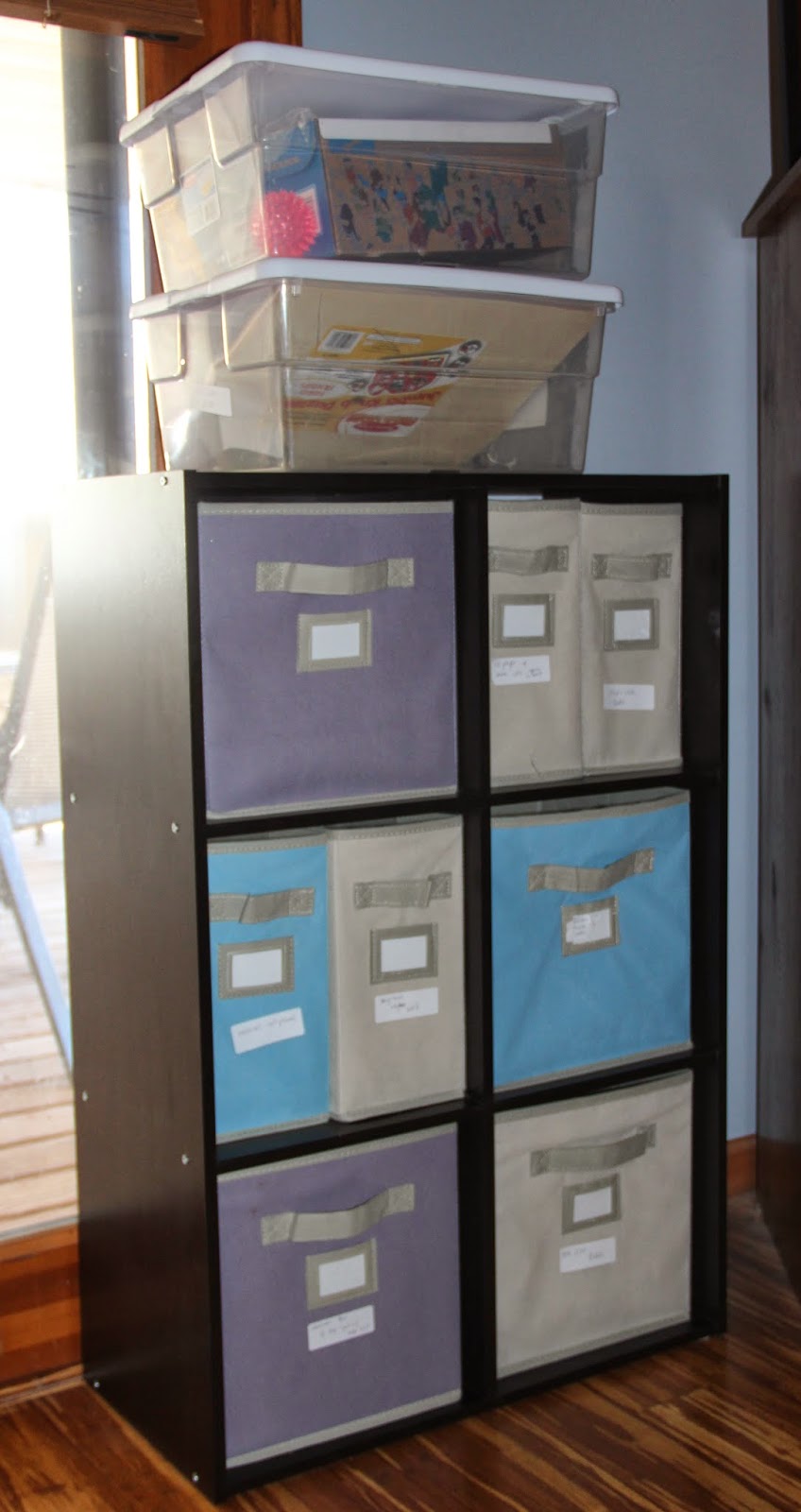.jpg)
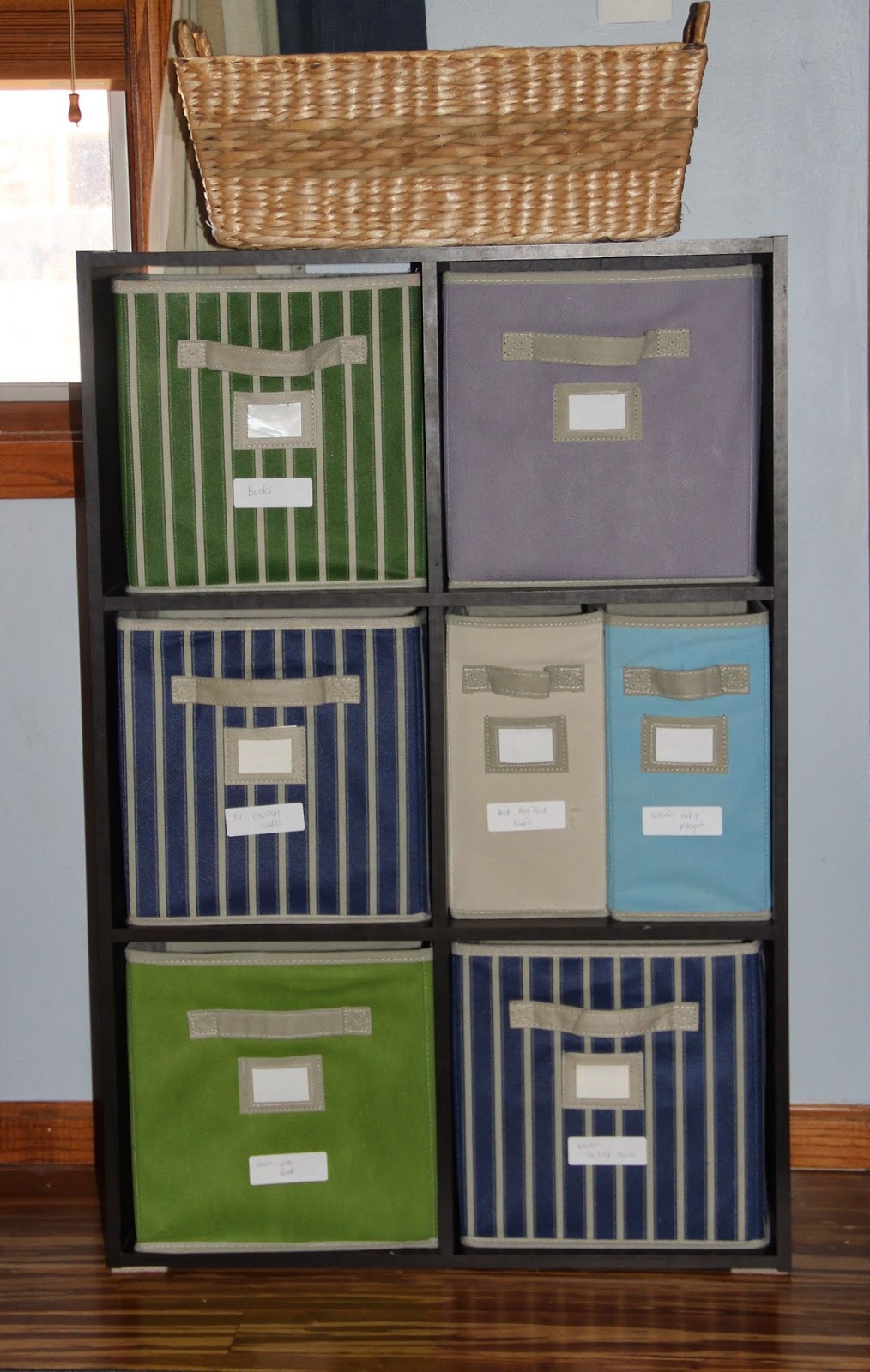.jpg)
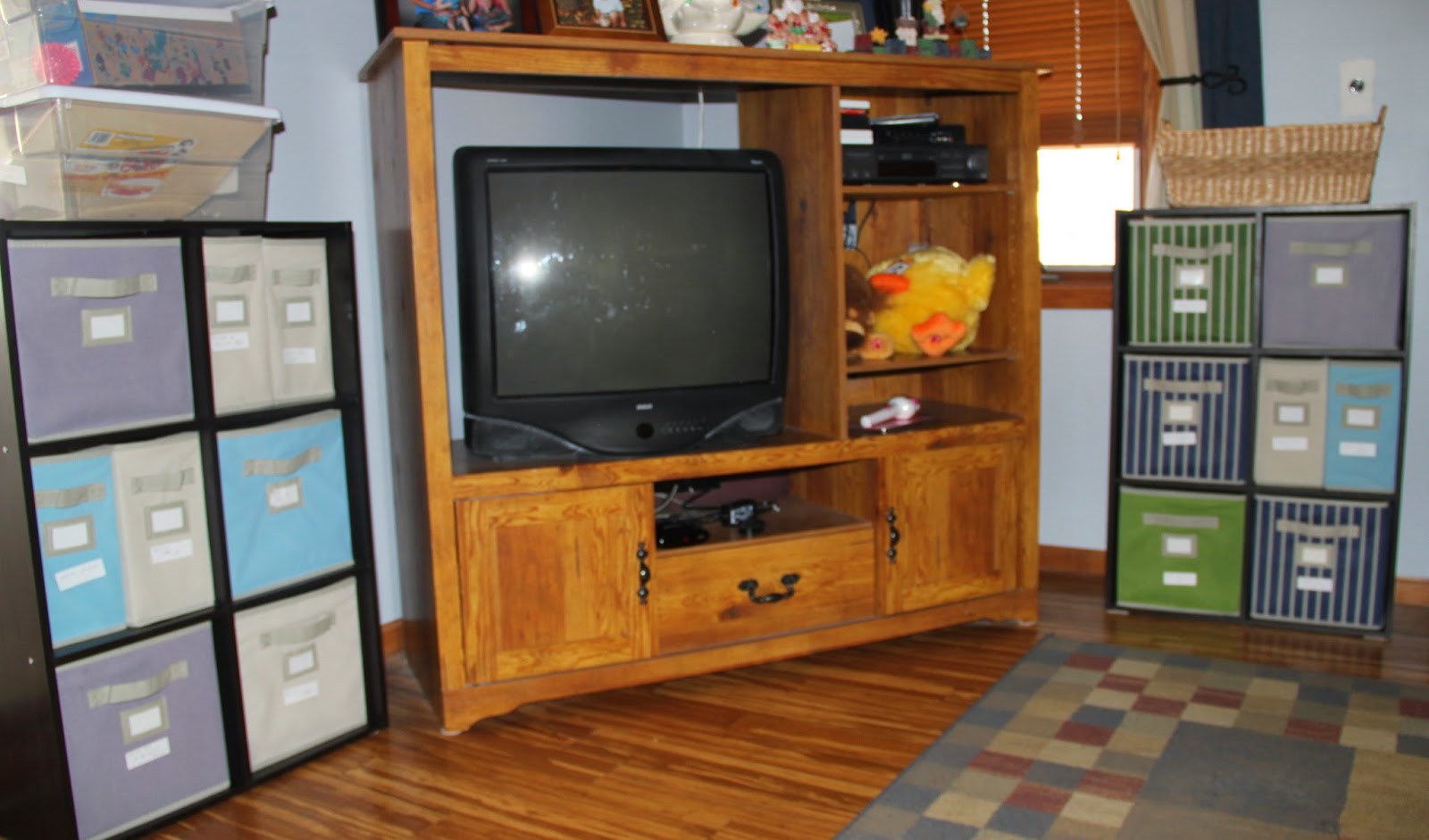.jpg)
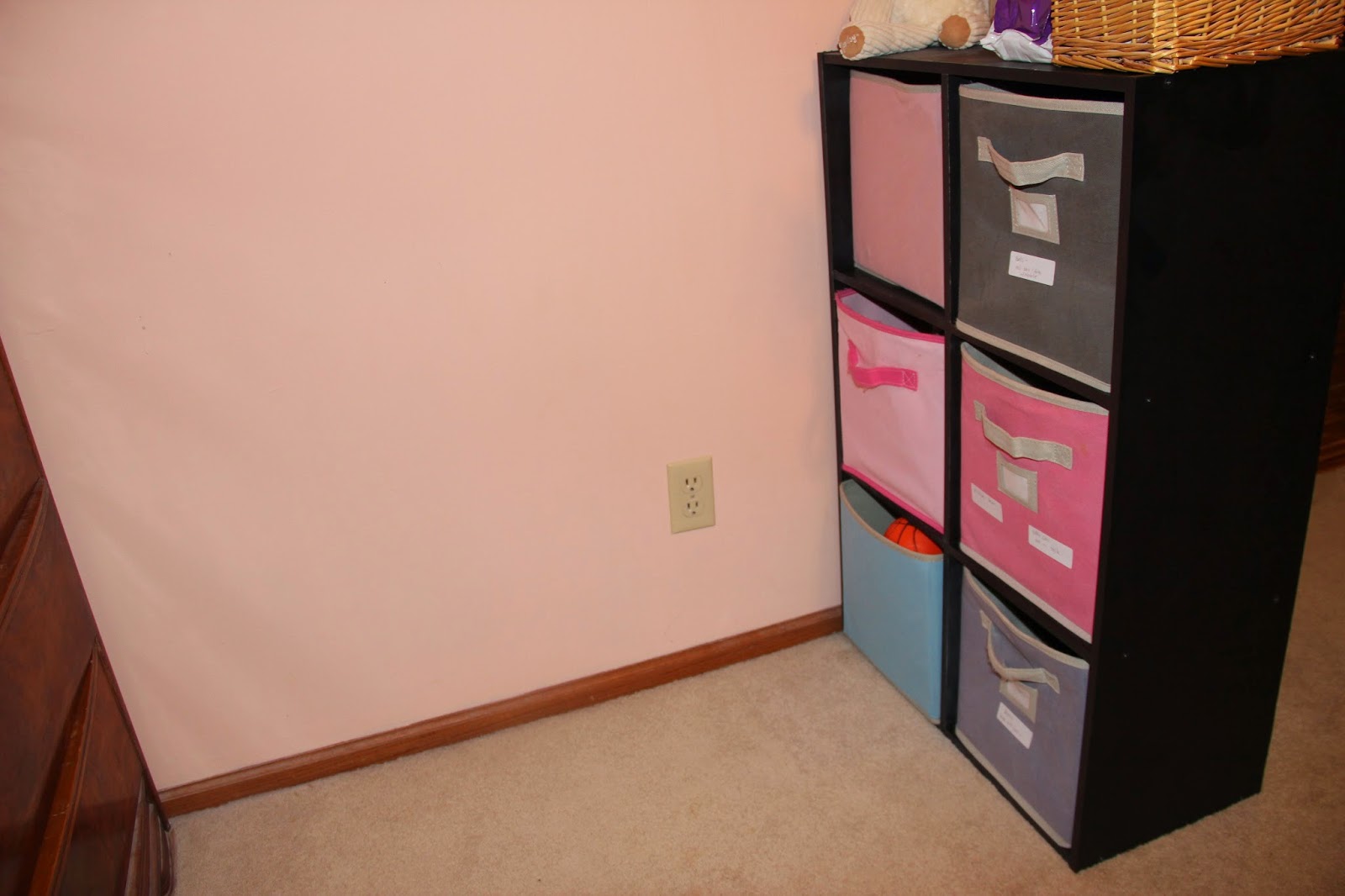.jpg)

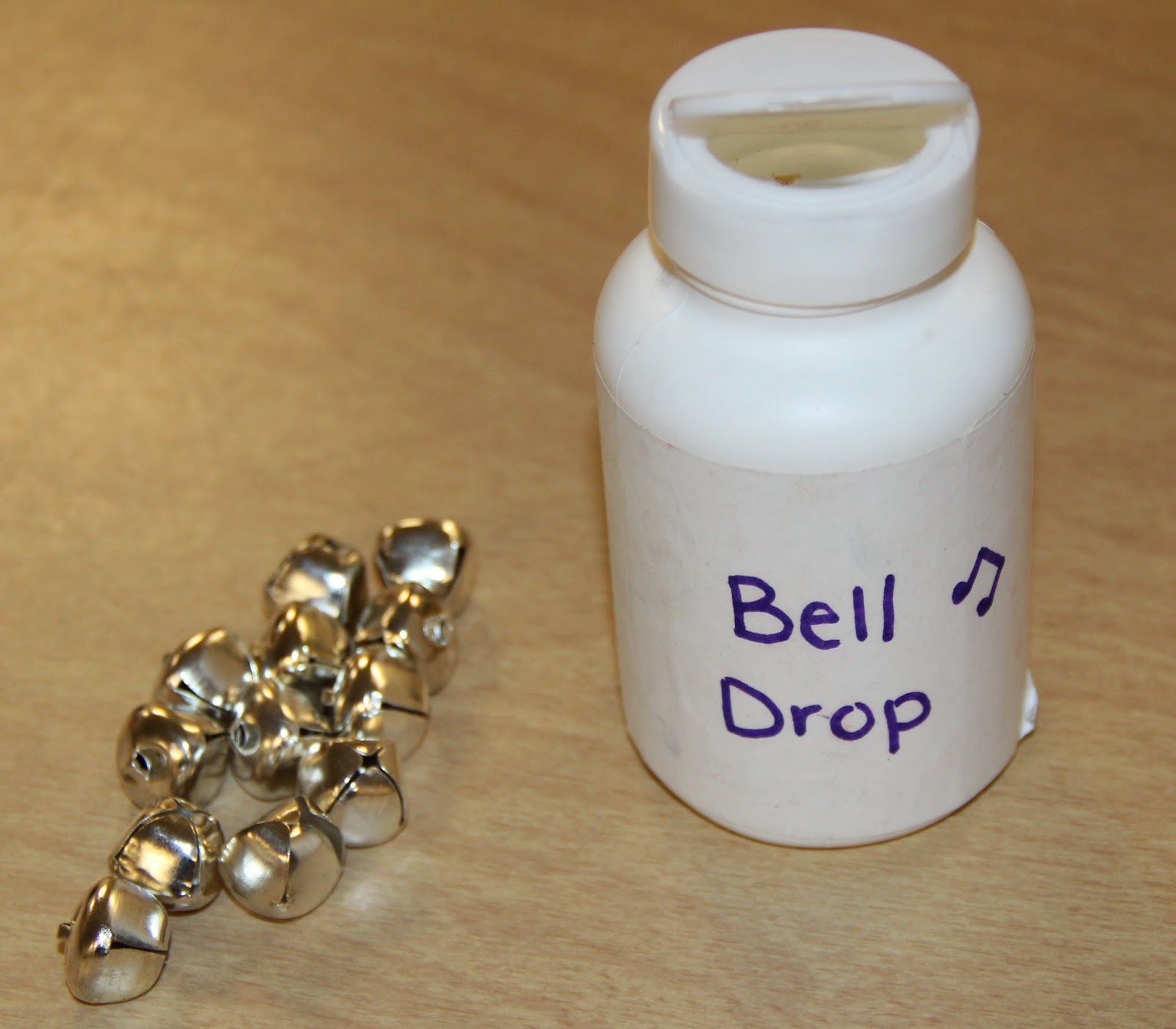.jpg)








No comments:
Post a Comment